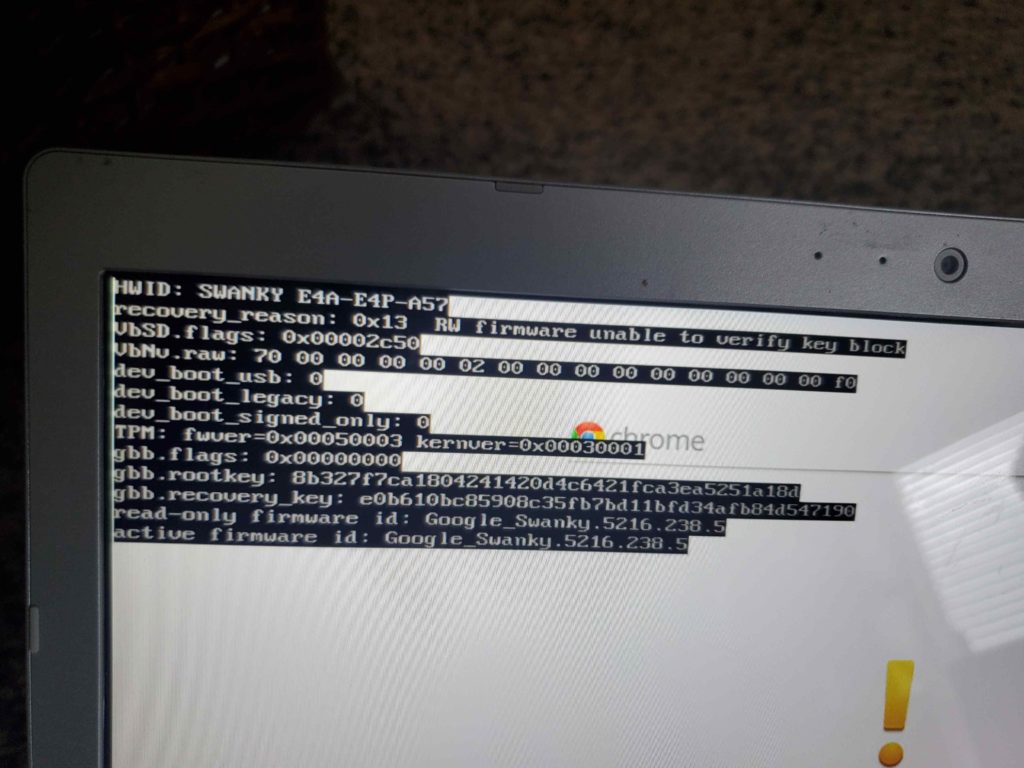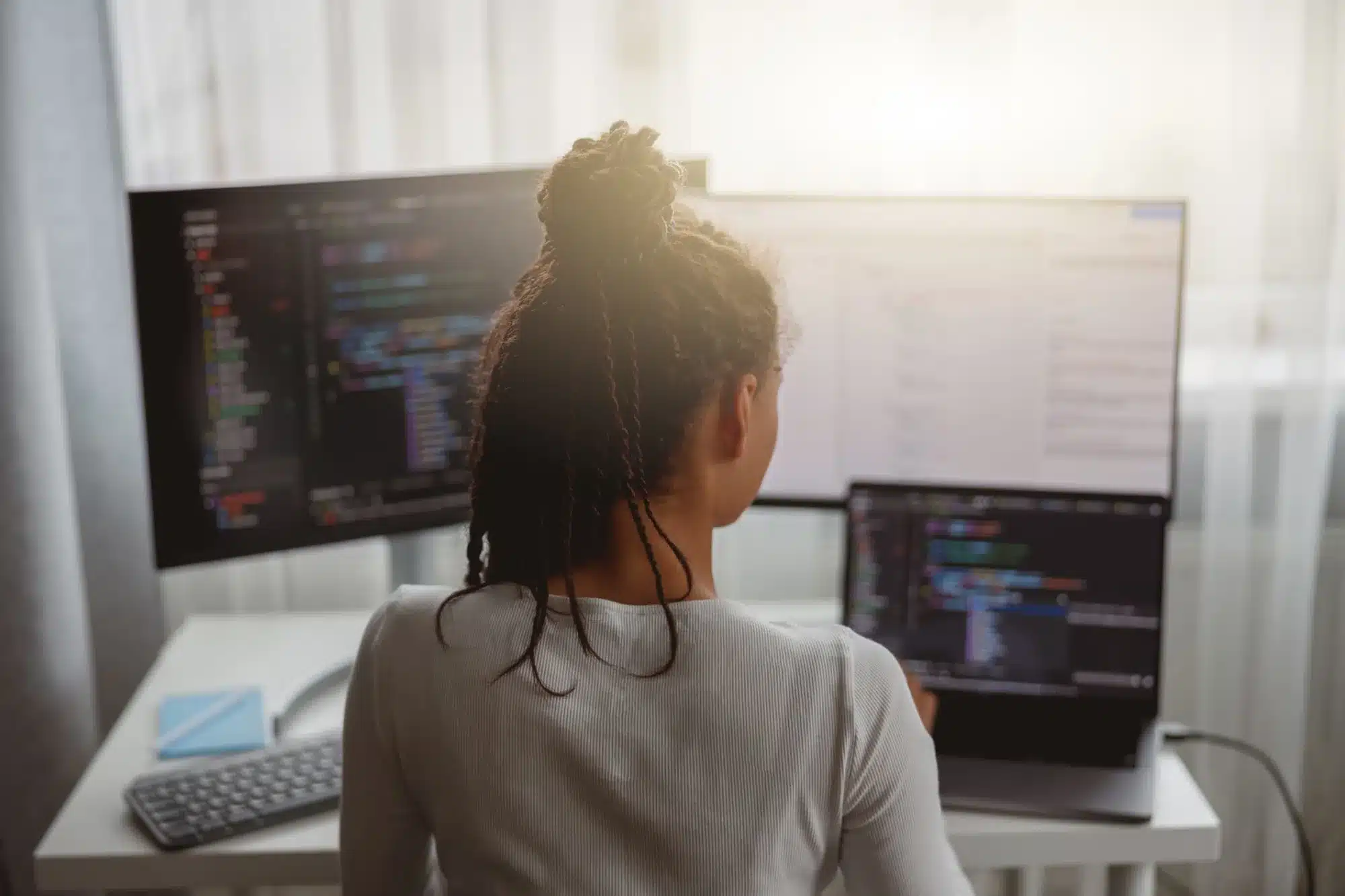Mastering debugging is crucial for software developers aiming to create reliable applications. Start by understanding the problem thoroughly.
Use the right debugging tools and techniques to streamline the process. Isolate issues and check for common errors.
Collaboration can also help, as a fresh perspective might reveal overlooked details.
Let’s break down each step in detail to sharpen your debugging skills.
Understand the Problem

To effectively debug, you first need to thoroughly understand the problem you’re facing. Start by clearly defining what the issue is. Ask yourself: When does the problem occur? What’re the symptoms? Gather as much information as possible, including error messages, logs, and user reports.
Break the problem down into smaller, manageable parts. Identify the expected behavior versus the actual behavior. This helps pinpoint where things go wrong. Document your findings to keep track of what you’ve analyzed.
Communicate with team members or users to gain additional insights. By understanding the problem in detail, you’re equipped to approach the debugging process more efficiently and find a solution more quickly. A solid grasp of the issue forms the foundation for effective debugging.
Use Debugging Tools
Leveraging debugging tools can greatly streamline the process of identifying and resolving issues in your code. Tools like integrated development environments (IDEs) come with built-in debuggers that allow you to set breakpoints, step through code, and inspect variables. This helps you understand the flow of your program and catch errors early.
Furthermore, specialized tools like log analyzers and profilers can provide insights into performance bottlenecks and runtime issues. By familiarizing yourself with these tools, you’ll be able to diagnose problems more efficiently.
Isolate the Issue

Identifying the root cause of a problem often requires you to isolate the issue by systematically narrowing down the potential sources of error.
Start by reproducing the problem consistently. This helps you understand the conditions under which the error occurs.
Next, break down the system into smaller components and test each part individually. As an example, if you’re debugging a software application, check each module separately to see where the issue lies.
Use logging and print statements to track the flow of data and identify where things go wrong.
Focus on changing one variable at a time, so you can see its direct effect.
Check for Common Errors
You should first check for common errors like syntax mistakes, incorrect variable names, and off-by-one errors. Syntax mistakes often occur on account of missing or extra punctuation, such as semicolons or parentheses. Incorrect variable names happen when you misspell a variable or use the wrong one.
Off-by-one errors typically arise in loops or array indices when you mistakenly start or end a count one element too early or late.
To address these, thoroughly review your code line by line. Use an integrated development environment (IDE) that highlights syntax errors. Affirm variable names are consistent throughout your code.
For loop and array-related issues, carefully check loop conditions and index usage. By focusing on these common errors, you’ll resolve many bugs more efficiently.
Collaborate and Review
After checking for common errors, collaborating with colleagues and conducting code reviews can provide fresh perspectives and catch issues you might’ve missed. Working with others can reveal blind spots and enhance your problem-solving skills.
Regularly engage in peer reviews to improve code quality and consistency.
Fresh Insights: Colleagues might spot errors or suggest optimizations you haven’t considered.
Knowledge Sharing: Sharing techniques and best practices can improve everyone’s coding skills.
Accountability: Knowing your code will be reviewed can motivate you to write cleaner, more efficient code.
Conclusion
Mastering debugging takes time, patience, and practice. Understand the problem, use debugging tools, and isolate the issue.
Always check for common errors, and don’t hesitate to collaborate and review with peers. By following these steps, you’ll build more reliable software and become a more effective developer.
Remember, debugging isn’t just about fixing bugs; it’s about learning and improving. Keep refining your skills, and you’ll see continuous improvement in your coding abilities.


















